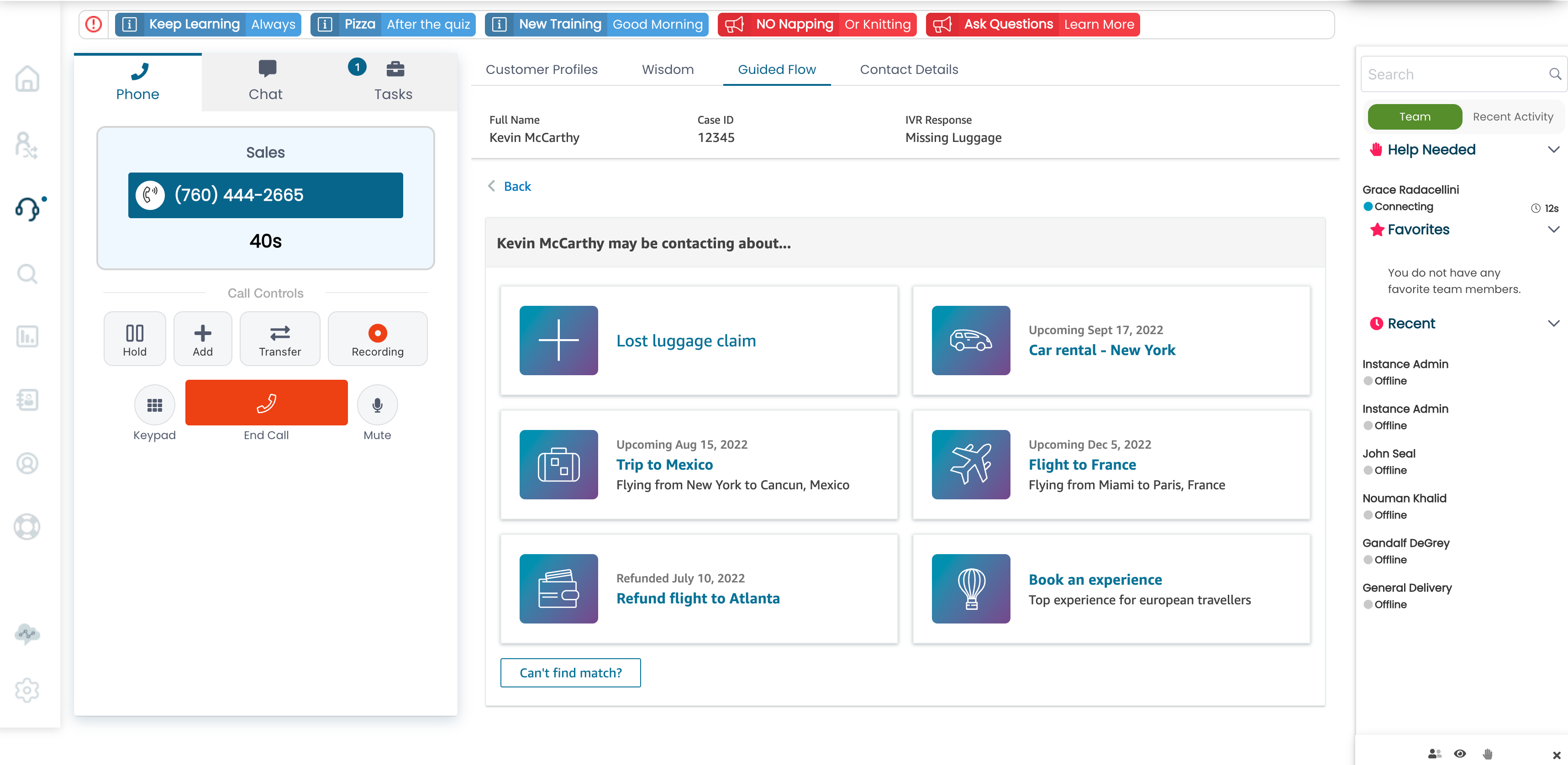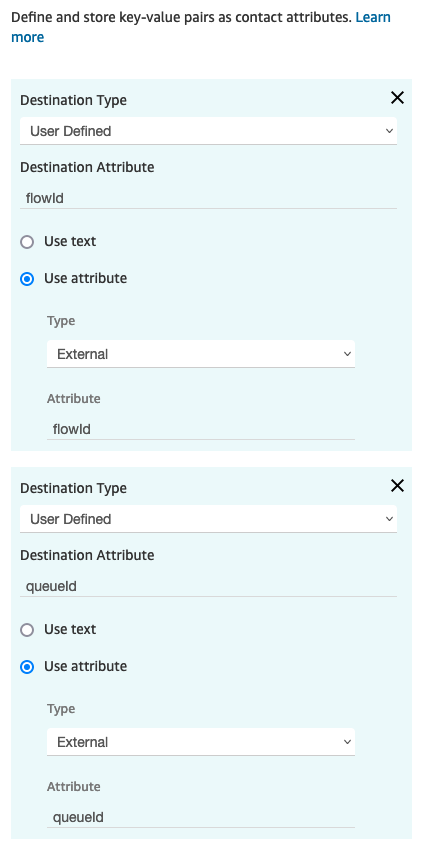Emergency Notification?
There are a number of use cases for an application that can process a list of contacts to be notified by voice message of an impending event. The event may be an emergency or a notification of a community activity of interest to the list subscribers. Even an appointment reminder falls into this category, so it is not necessary to have an actual ’emergency’ to have a requirement to mass notify a subscriber or customer group.
Basic Functional Spec
We had need of a “campaign dialer” like a solution and we found that all the parts we needed were available in AWS and Amazon Connect. We hammered out a basic functional statement that had the following features:
- The application requires the admin to authenticate;
- A facility exists to record a new message to be played by the dialer;
- The Dialer had to be able to simultaneously dial a large number of list members by contact group code;
- The called individuals could enter a response code to enable a transfer or follow up action (press 1 to transfer to an agent, Press 2 to reschedule, etc.)
- All contacts would be coded as notified even if they hung up, to eliminate redials.
- A facility exists to reset the database in preparation of a new campaign.
The resulting solution contained the following modules:
- Dialer Setup Module: (Authorization to use the notification system; Menu to reset database, record new outbound voice message and initiate outbound campaign
- DynamoDB table to contain the subscriber or customer list with associated fields to support the application (subscriber name, zip code, result code, etc.)
- Lambda functions to read/write subscriber database and record audio to prompt file
- Administrator notification of campaign dialer status through SNS
The solution is coded with four contact flows that enable group alerts to be sent simultaneously. The AWS services used include Amazon Connect, DynamoDB, Lambda, Kinesis and optionally SNS. Depending on your contact center soft limits, the dialer will contact a minimum of 50 subscribers per phone call. The following video details the configuration and the entire application is available in the DrVoIP.com store including the lambda functions and sample DB configurations.





 You can see that the lambda function is pulling back two variables from the associated database tables: queueId and flowId. in the above contact flow, after we set the contact values, obtained from an “External” database we”transfer to flow”. The external flowId points to the flow we want this DNIS to be used for follow on call handling.
You can see that the lambda function is pulling back two variables from the associated database tables: queueId and flowId. in the above contact flow, after we set the contact values, obtained from an “External” database we”transfer to flow”. The external flowId points to the flow we want this DNIS to be used for follow on call handling.













